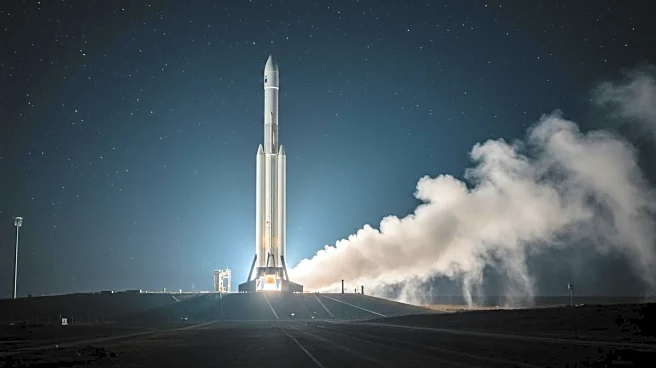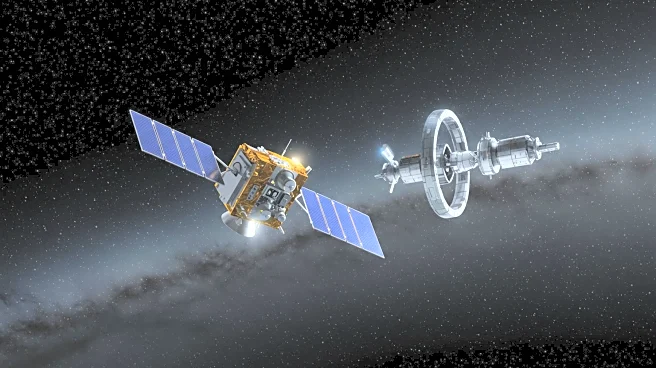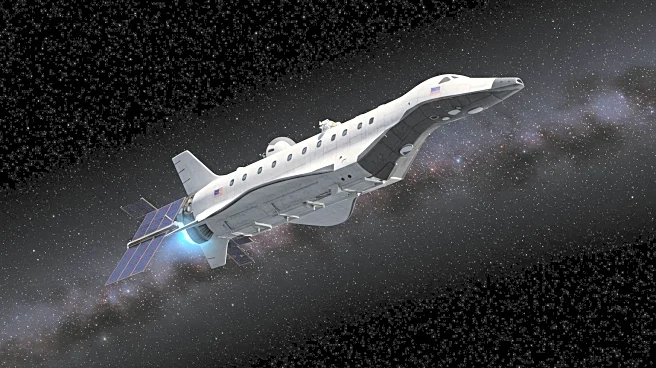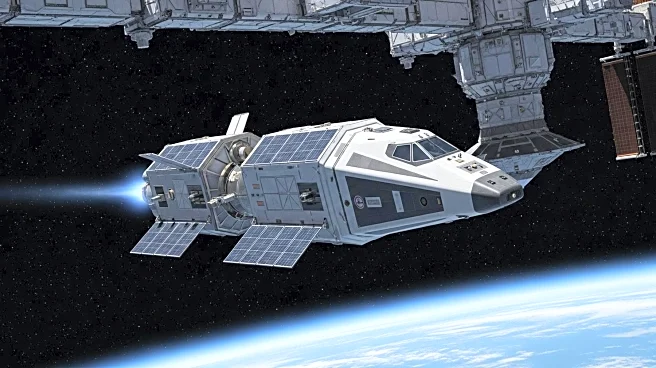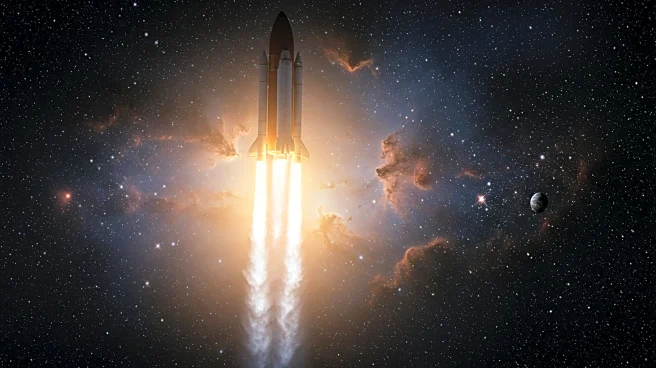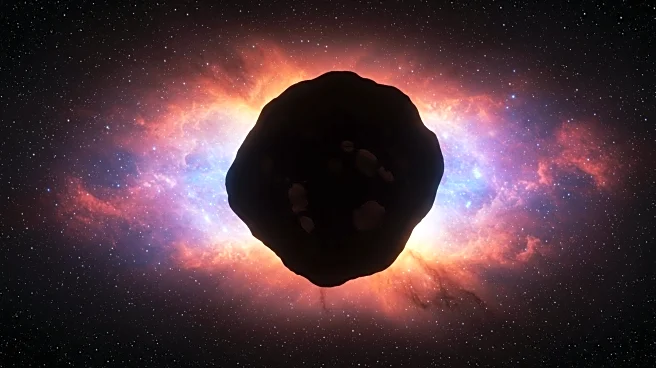Rapid Read • 7 min read
Recent research indicates that moonquakes, caused by the Moon's slow contraction, could pose a risk to future lunar missions. Observations from Apollo missions and data from the Lunar Reconnaissance Orbiter show that seismic activity linked to moonquakes affects various regions on the Moon. Future missions, particularly those under NASA's Artemis program, must assess site vulnerability to moonquakes and reinforce infrastructure against prolonged ground shakings.
Moonquakes present a tangible risk to the success of future lunar missions, especially those aimed at establishing a long-term human presence on the Moon. Understanding and mitigating these risks is crucial for the safety and sustainability of lunar exploration. This research highlights the need for comprehensive seismic risk assessments and the development of resilient infrastructure to support human activities on the Moon.
AD
NASA and other space agencies will likely prioritize seismic risk assessments in their planning for future lunar missions. This may involve developing new technologies and strategies to monitor and mitigate the impact of moonquakes. Collaboration between international space agencies could be essential in addressing these challenges and ensuring the success of lunar exploration efforts.
The study of moonquakes offers insights into the Moon's geological processes and its long-term evolution. This knowledge could inform broader scientific understanding of planetary bodies and their development. Additionally, the challenges posed by moonquakes may drive innovation in engineering and technology, with potential applications beyond lunar missions.
AD
More Stories You Might Enjoy


